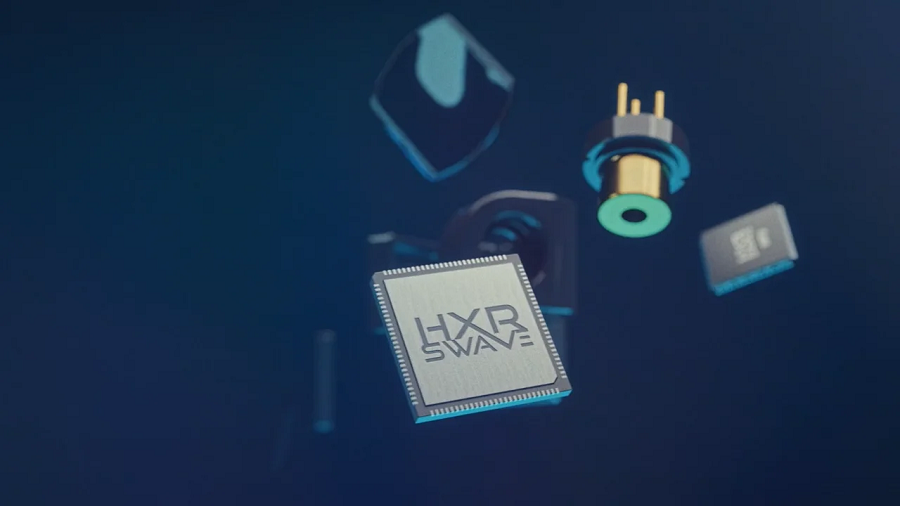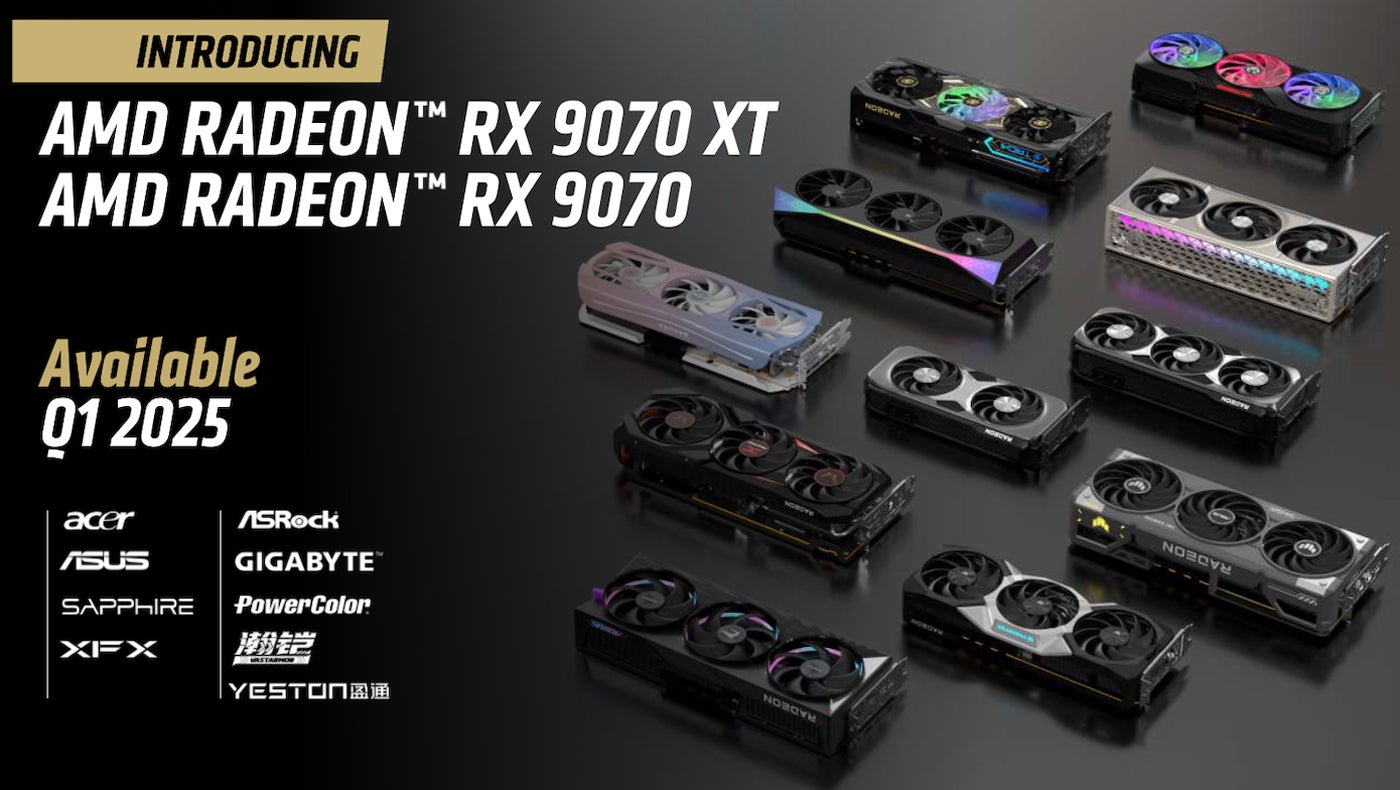
Swave Photonics NV, a Belgian startup developing displays for augmented reality glasses, today announced that it secured €27 million in funding.
The Series A round was jointly led by SFPIM Relaunch and imec.xpand, a fund affiliated with the IMEC nanotechnology research lab. Swave spun out of IMEC in 2022. The investment also included contributions from other institutional backers including Murata Electronics Co., a Japanese semiconductor supplier.
Swave’s flagship product is a display technology called Holographic eXtended Reality, or HXR for short. It’s powered by what the company describes as the world’s smallest pixel. HXR’s pixel pitch, the distance between the center of two pixels, is less than 300 nanometers, which the company says is 100 times shorter than the competition.
Reducing the distance between pixels allows more of them to be incorporated into a display, which in turn increases its resolution. That’s particularly important for AR glasses’ lenses because they’re located immediately in front of the user’s eyes.
HXR’s base layer is a semiconductor based on CMOS technology, the circuit architecture that powers practically all modern processors. This means HXR displays can be made at existing fabs using standard manufacturing nodes, which should decrease production costs. Additionally, Swave says that it can benefit from the regular upgrades fab operators make to their CMOS production lines.
Pixels are formed on the HXR display’s semiconducting base layer by adding so-called phase-change materials. Those are materials that either absorb or release energy when they change between states of matter. Water, for example, absorbs heat when it vaporizes.
Last year, Swave used its HXR technology to build what it describes as the world’s “first true color 3D holographic display” based on phase-change materials. It equipped the display with color filters that remove unnecessary light beams to increase the visual fidelity of AR content. According to the company, those filters are more cost-efficient and require less space than the competing technologies typically used for the task.
Swave says that HXR’s other key components are likewise based on a custom design. “We are co-designing every element—from our holographic SLMs with cutting-edge nano-pixels, to real-time compute chips, light engines, and AR combiners,” said Swave co-founder and Chief Product Officer Theo Marescaux.
When implemented in AR glasses, HXR can be used together with prescription lenses. Swave says that the technology also lends itself to powering cars’ heads-up displays and large wall-mounted screens. HXR makes it possible to manufacture screens with up to 64 billion pixels.
Swave will use the capital from its latest funding round to accelerate its product roadmap. The company’s initial goal is to release development kits that will enable AR device makers and other potential customers to test its technology. From there, Swave plans to start shipping production-grade HXR displays in collaboration with partner fabs.
Image: Swave
Your vote of support is important to us and it helps us keep the content FREE.
One click below supports our mission to provide free, deep, and relevant content.
Join our community on YouTube
Join the community that includes more than 15,000 #CubeAlumni experts, including Amazon.com CEO Andy Jassy, Dell Technologies founder and CEO Michael Dell, Intel CEO Pat Gelsinger, and many more luminaries and experts.
THANK YOU








Leave a Comment